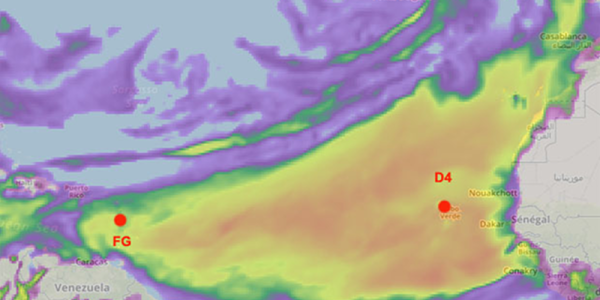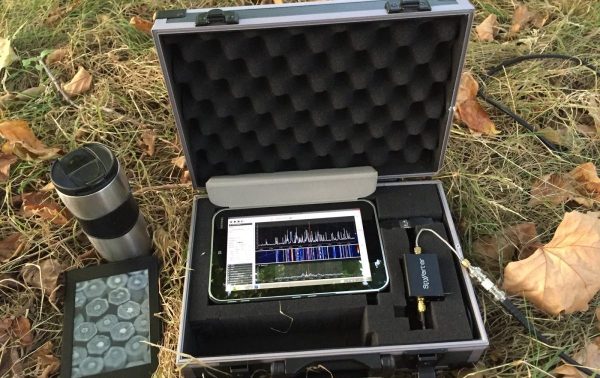Of all the images that amateur radio conjures up, the great outdoors doesn’t usually figure heavily. People seem to think hams sit in a dark room at a desk heavy with radio gear, banging out Morse code into late into the night and heedless of the world outside the window. All of which sort of sounds like hard-core gaming, really.
And while that image certainly applies in a lot of cases, hams do like to get out and about at least once a year. That day is upon us with the 2019 Amateur Radio Field Day. Hams across North America reserve the fourth full weekend of each June to tear themselves out of their shacks and get into the world to set up operations in some kind of public venue, generally a park or other green space. Part cookout, part community outreach, and part slumber party – it lasts all weekend and goes around the clock – hams use field day as a chance to show the general public where amateur radio really shines: real-time worldwide communications under austere conditions.
It’s also a chance to get folks excited about getting their license, with many Field Day locations hosting “Get on the Air” stations so that unlicensed folks can try making a contact under the supervision of a licensed operator. Licensed but underequipped hams also get the chance to spin the knobs on someone else’s gear, and maybe line up that first rig purchase. And there are plenty of opportunities to learn about new modes as well, such as FT8 and WSPR. As an example your scribe is looking for some guidance on getting started with APRS, the automated packet reporting system that’s used for things like high-altitude balloon tracking.
If you have any interest at all in learning how to properly operate radio equipment, you owe it to yourself to track down the nearest Field Day location and stop by. The American Radio Relay League (ARRL) has a ton of Field Day information, from a map to locate the 1500 Field Day sites to rules for the contests that will be run that weekend to guides for setting up and operating an effective Field Day setup. There will be 40,000 hams out there this year, and they’d all be thrilled if you drop by and ask a few questions.
Continue reading “Hams Gone Wild: Amateur Radio Field Day 2019” →














